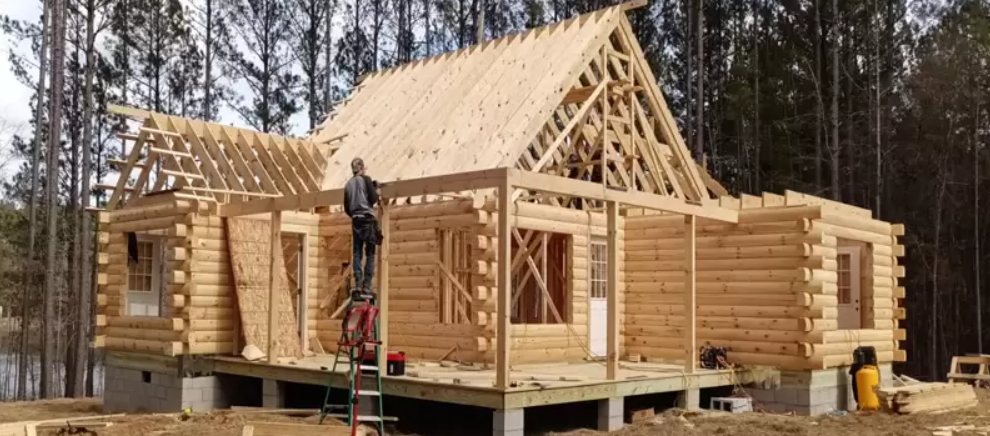
Building a log home is a dream for many, offering a unique blend of rustic charm and natural aesthetics. However, embarking on this journey requires a clear understanding of building codes and permits, which can vary significantly from traditional home construction. Here’s a comprehensive guide on how building codes and permits differ for log homes and how you can plan accordingly.
The Basics:
Building codes are regulations that ensure structures are safe, durable, and energy efficient. They cover aspects such as structural integrity, electrical systems, plumbing, and fire safety. Permits are official approvals that must be obtained before starting construction to ensure compliance with these codes. When it comes to log homes, there are several unique considerations:
- Structural Integrity: Log homes use natural logs as their primary structural element, which differs from the conventional use of lumber and steel. Building codes often have specific requirements for log construction, including how logs are treated and how they are joined. It’s essential to work with a designer or contractor experienced in log home construction who understands these unique requirements.
- Thermal Performance: Logs have excellent thermal mass, which means they can absorb and store heat. However, codes often require that log homes meet certain insulation standards to improve energy efficiency. Depending on your location, you might need additional insulation or vapor barriers to meet these standards.
- Fire Safety: Fire safety codes for log homes can be stricter due to the flammable nature of wood. This might include requirements for fire-resistant treatments on logs, specific types of roofing materials, or advanced sprinkler systems. Ensure that your log home design complies with these regulations to ensure safety and avoid costly modifications later.
Permits and Planning:
- Research Local Codes: Building codes and permit requirements can vary significantly depending on the region. Start by contacting your local building department to understand the specific codes that apply to log homes in your area. Some regions might have special provisions or exceptions for log construction, so it’s crucial to get accurate information.
- Work with Experts: Engage with professionals who are familiar with log home construction. Architects, builders, and engineers with experience in log homes will be invaluable in navigating complex code requirements. They can help ensure that your plans meet all local regulations and obtain the necessary permits.
- Prepare Detailed Plans: A comprehensive set of plans is essential for obtaining permits. These plans should include detailed drawings of the log home’s design, structural elements, and any specialized systems like plumbing or electrical work. Ensure that your plans reflect all aspects of log construction to avoid delays or rejections.
- Consider Inspections: Your log home will likely require multiple inspections during construction. These inspections ensure that the work complies with building codes and permit requirements. Be prepared for inspections at various stages, including the foundation, framing, and final finishes.
- Plan for Adaptability: Regulations can change, and sometimes unexpected issues arise during construction. Build some flexibility into your planning to accommodate any necessary adjustments. Regular communication with your builder and local authorities can help address issues promptly and keep your project on track.
Building a log home involves unique challenges when it comes to meeting building codes and obtaining permits. By understanding the specific requirements for log construction, working with experienced professionals, and thoroughly planning your project, you can navigate these complexities successfully. Embrace the process with careful preparation and you’ll be well on your way to creating a beautiful, safe, and compliant log home that will stand the test of time.








